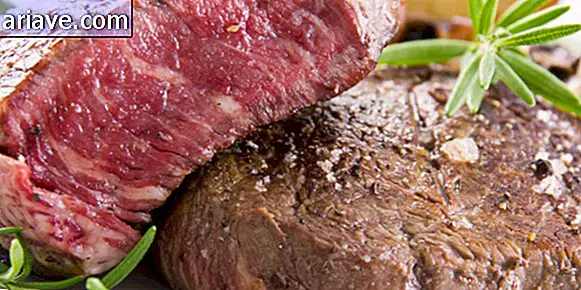Faberge eggs - the treasures of the Russian imperial family

Source: faberge.com
Fabergé eggs are one of the greatest symbols of the nobility and wealth of the Russian imperial family. Originally produced between 1885 and 1917 to celebrate Easter and honor the Tsars, the eggs were made of the finest metals and gems by Peter Carl Fabergé, who for his talent and skill in creating beautiful miniatures soon became the royal family jeweler. .
But the Russian Revolution marked the country with poverty and destruction, and it was during this time that the Bolsheviks overthrew the imperial family and took over the jeweler's workshops, preventing Fabergé from continuing to produce his jewels. Ninety years later, in 2007, the Fabergé family, which remained in exile for many years, announced its reopening and the resumption of the production of such famous pieces that ennobled Russian leaders and made the family famous.
The company's debut - today run by Sarah and Tatiana Fabergé, Peter Carl Fabergé's great-granddaughters - was marked by the launch of a collection of pendants, which are miniature replicas of the original eggs, named Les Favorites de Fabergé. All pendants follow the quality standard of the first pieces made by the jeweler, being made with the best raw materials such as diamonds, rubies, sapphires, yellow gold and white gold.
Of the original relics that were produced between the 19th and 20th centuries, many eggs have been recovered and are kept in private museums and collections or are auctioned around the world. For those who just want a replica of Russian imperial jewelry, Fabergé jewelry has branches in Geneva (Switzerland), London (England) and New York (United States). To check out the collection of the new Fabergé eggs, you can go to the jewelry website or check out the gallery below.











